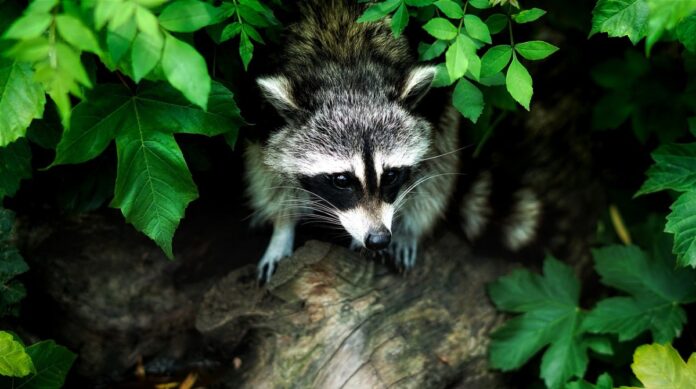
If you live in an area prone to raccoon infestations, keeping the critters out for good should be a top priority. Raccoons are nuisance critters. In searching for food and shelter in and around your home, they will cause you a lot of trouble. Raccoons also carry different diseases, including rabies.
In this article, we consider methods of keeping your property free of raccoons for good.
Keep all food sources away
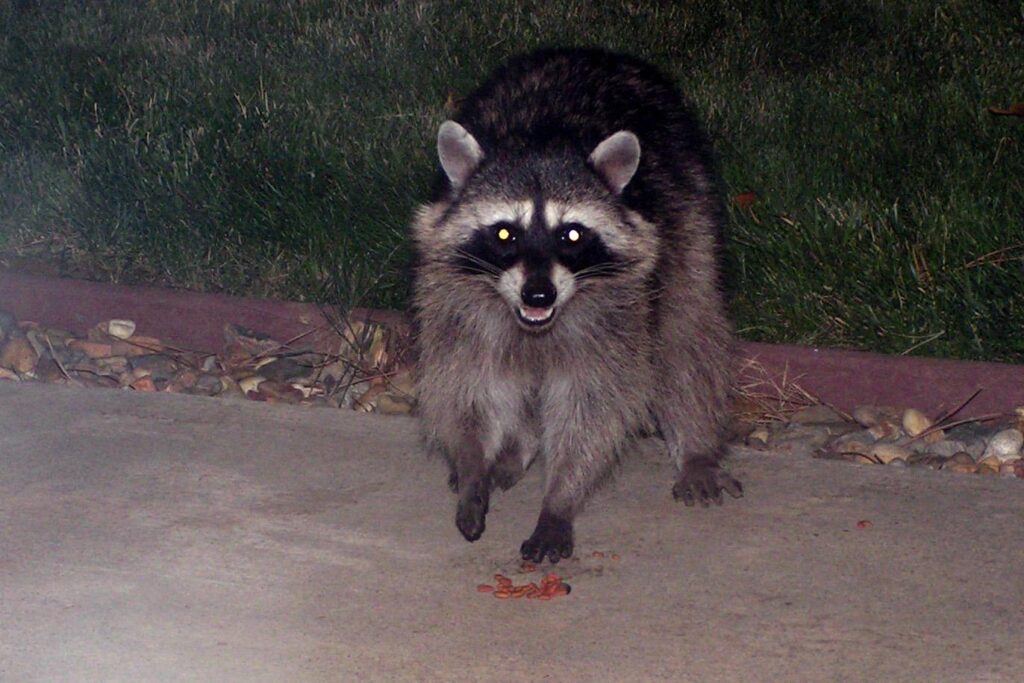
Raccoons have a very diverse diet. As omnivorous critters, many common items and materials are part of their food. They also infest homes in search of food.
Basically, a home is more attractive to raccoons when sources of food are plenty. This is why unsecured trash cans will always attract the critters to homes. Securing your garbage cans is a simple way of keeping the critters away. If they can’t find food on your property, they will eventually leave.
You can secure your garbage cans with special raccoon-proof enclosures. Thick lids with strong locking systems are also great measures for raccoon-proofing garbage cans.
Another food source that will attract raccoons to your home is pet food. Keeping pet food out will attract raccoons and other pests such as mice. This is why keeping pet food out of the reach of raccoons is an easy way to update your home to keep raccoons away. You can achieve this by feeding pets indoors or packing leftover pet food after feeding pets.
Bird and squirrel feeders also attract raccoons into homes. Making bird and squirrel feeders inaccessible is thus a simple measure for keeping pets away. Since raccoons will most likely visit at night, bringing in bird and squirrel feeders is a viable option. Installing baffles on bird and squirrel feeders is another measure for making them inaccessible to raccoons.
Fruit and nut trees are other sources of food that can attract raccoons to your home. To keep your property unappealing to the critters, endeavor to pick up all fallen fruits and essentially keep the grounds food-free. You can learn more about raccoons at humaneraccoonremoval.org.
Habitat modification
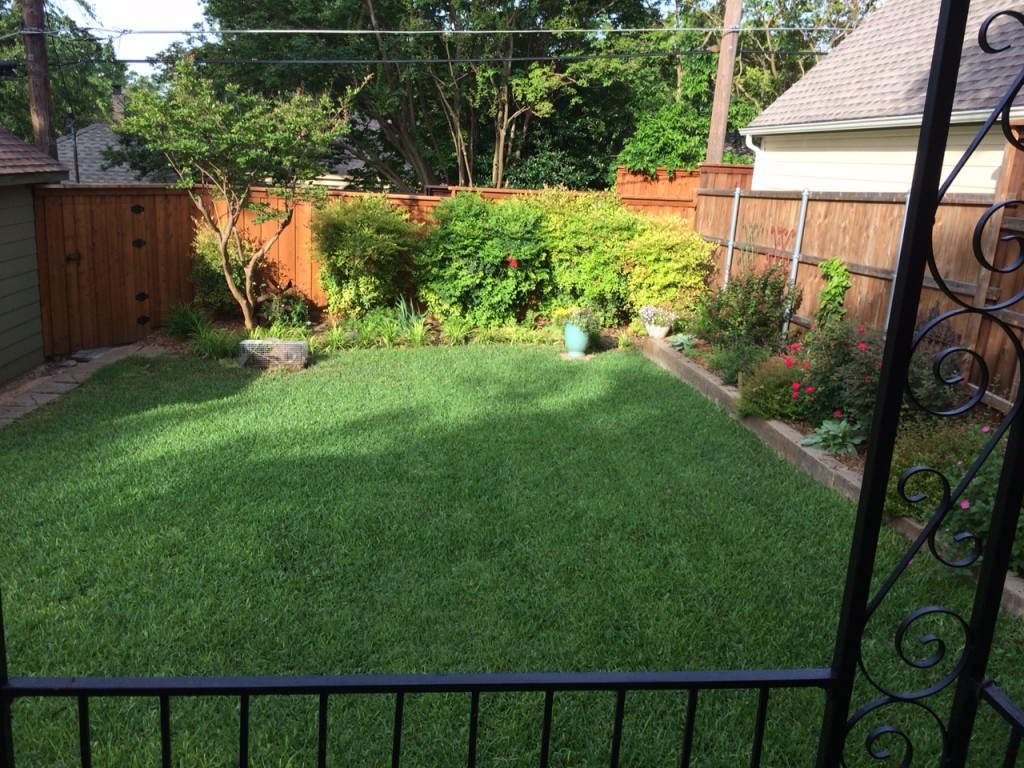
Raccoons actively seek shelter in homes. This is why habitat modification is important for keeping the critters out of your property for good. Habitat modification involves measures that show the raccoons that they are not welcomed in your home.
One such measure is the trimming of tree branches. Raccoons like to inhabit attics and will use tree branches as bridges to access attics. Keeping your tree branches trimmed makes your property less appealing as a source of shelter. According to experts, tree branches should be 6 to 8 feet away from homes, so that raccoons do not use them like bridges. You should also remove all other items and materials that can serve as bridges from around your home.
Sealing all possible entry points is another way to keep your property inaccessible to the critters. Carry out an extensive inspection of the interiors and exteriors of your home and seal all possible entry points. This shouldn’t be a one-off process. Structures are subjected to wear and tear regularly and new entry points will be created over time. This is why you should carry out regular inspections to find the new entry points. Seal all entry points you identify permanently.
Pay attention to your chimney when inspecting for possible entry points. Raccoons enter properties through exposed chimneys. Get a strong cap for your chimney and inspect it regularly for damage. Ensure to replace it as soon as you notice any form of compromise.
Keeping your property clutter-free is another simple measure of keeping raccoons away. If there’s no place to hide or feel secured around your property, the critters will definitely pitch their nest elsewhere.
If you have a chicken coop, you will also want to secure it from raccoons. You can secure chicken coops with a strong wire mesh and raccoon-proof latches.
Garden-proofing
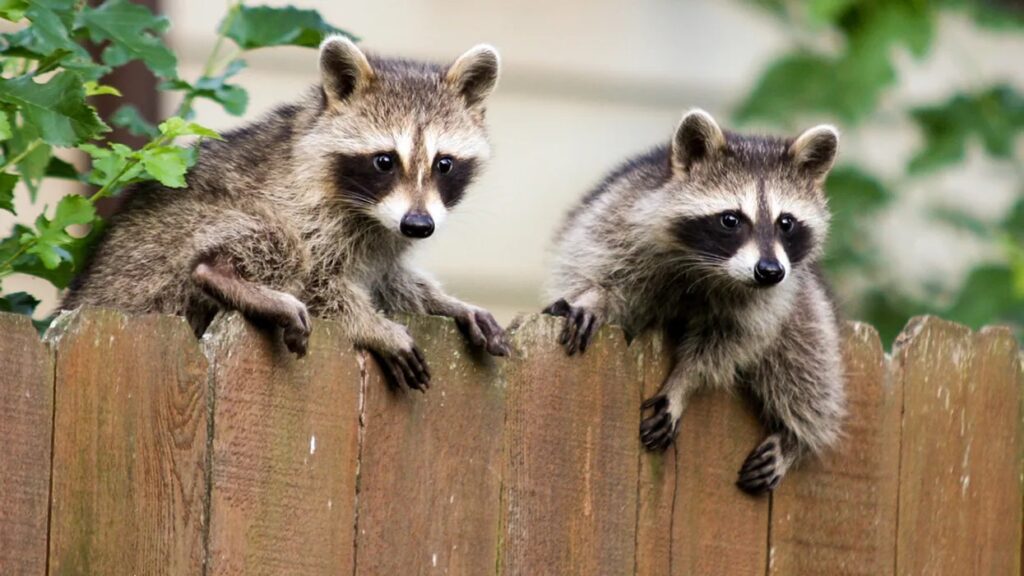
Homes with gardens are much more attractive to raccoons. Garden-proofing measures are thus important for keeping homes free of raccoons. Cayenne pepper is a natural repellent of raccoons that can be applied to gardens as a spray. Raccoons hate the smell of cayenne pepper. Applying cayenne pepper spray is a simple garden-proofing measure.
Epsom salt is another natural repellent of raccoons that can be applied to gardens. Raccoons hate the smell of Epsom salt, just like cayenne pepper. Apply Epsom salt regularly on your garden to discourage the activity of the critters. Remember to re-apply after it rains.
Predator urine is another important repellent that can be applied to gardens to keep the critters away. Predator urine is readily available and can be applied directly on the garden. The urine smell will make the critters assume that the predator is somewhere around.
Raccoons also hate garlic, another natural repellent suitable for gardens. The critters hate the Sulphur smell of garlic and wouldn’t want to stick around a place with the smell.
Repellents
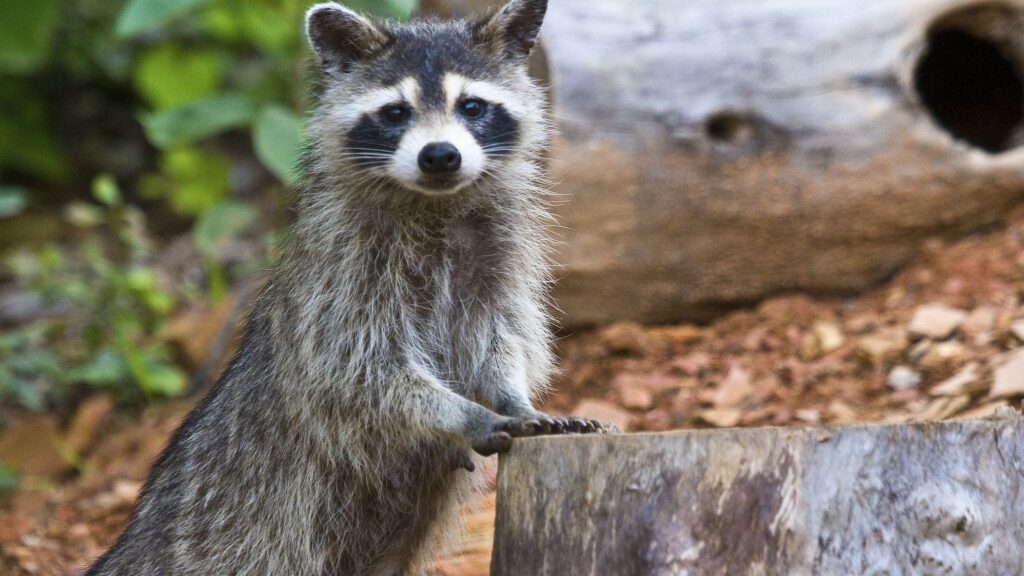
Another simple update to your property to discourage the activity of raccoons is the application of repellents. Repellents work through different means to discourage the activity of the critters.
A notable repellent of raccoons is motion-sensitive light. The lights come on when the activity of the critters is sensed. The lights cause the critters to feel unsafe and eventually discourages their activity.
Motion-sensor sprinklers work in a similar manner. Both motion-sensor sprinklers and automatic lights work to scare off the critters by making them feel insecure.
Ammonia is another effective repellent for raccoons. Apply ammonia solutions directly, or in rags, to areas with suspected raccoon activity. The smell will discourage the activity of the critters eventually. Ammonia as a repellent for raccoons is especially suitable for outdoor spaces. Mothballs are also effective repellents for raccoons. Raccoons hate the smell of mothballs which can be applied indoors, especially in attics.
Updating your home to avoid a raccoon infestation simply involves applying measures that have been proven to get rid of the critters. If you make your home unappealing to the critters, they will never stop by. We should mention that for these measures to be effective, they have to be applied regularly with long-term goals.














